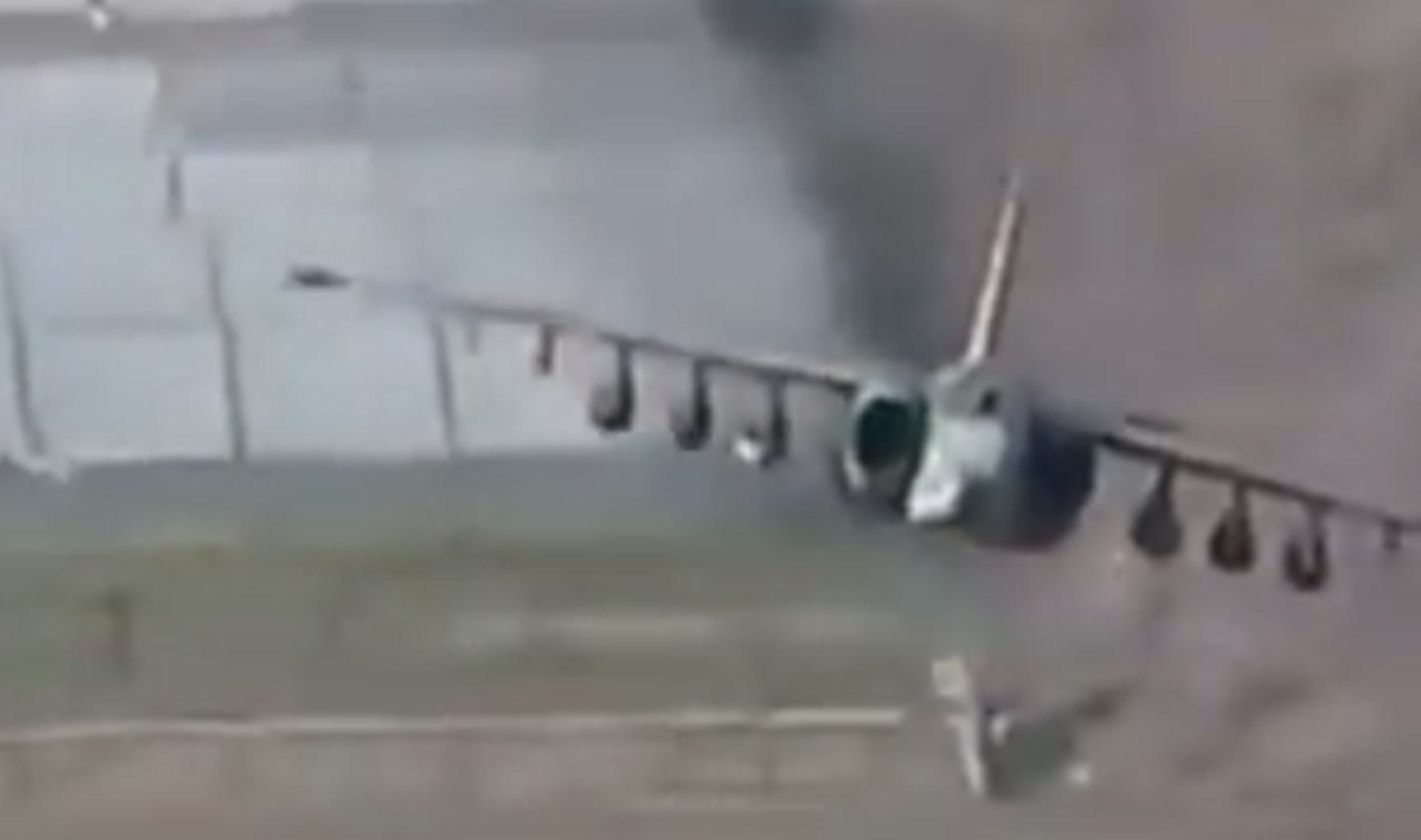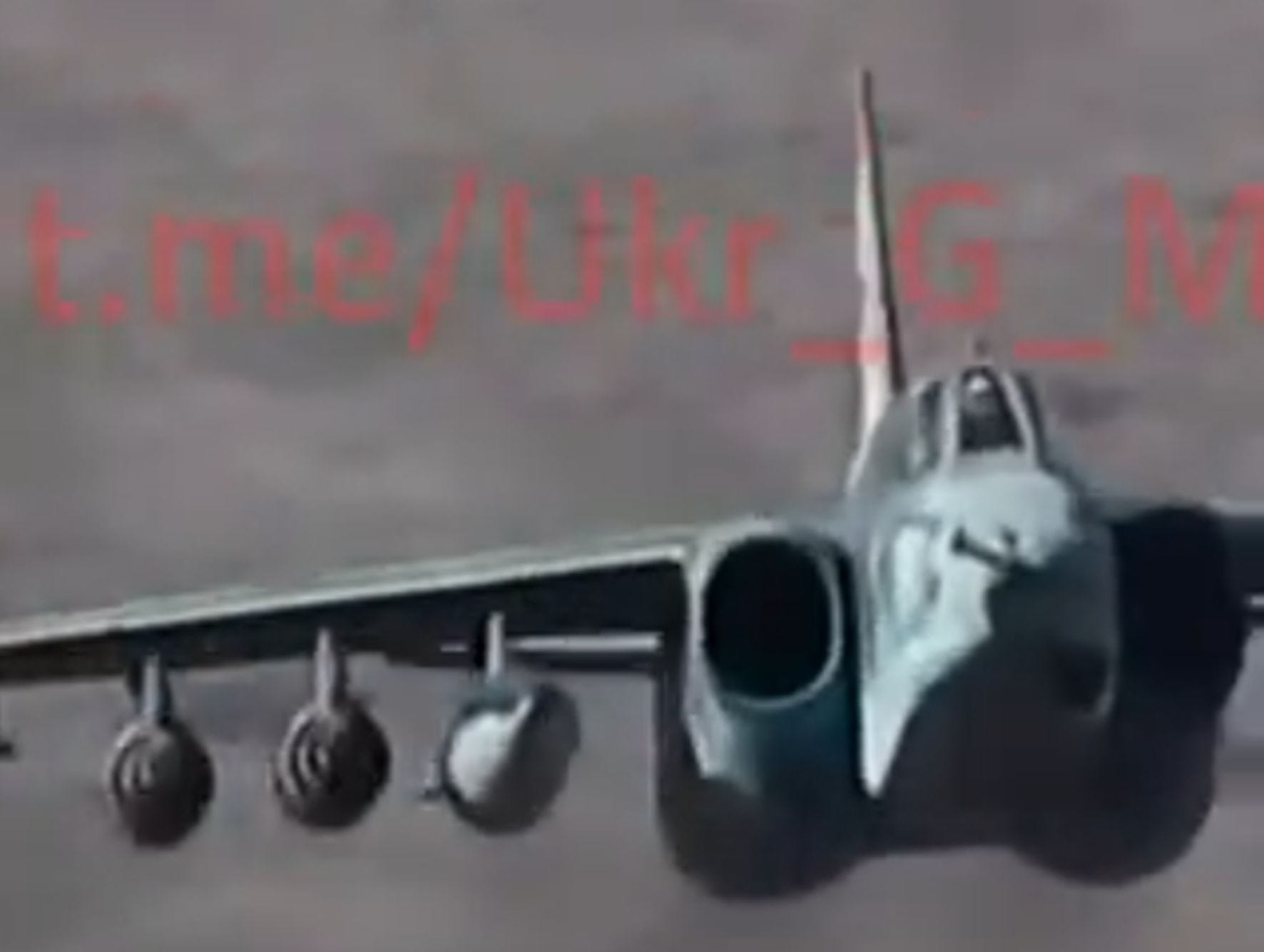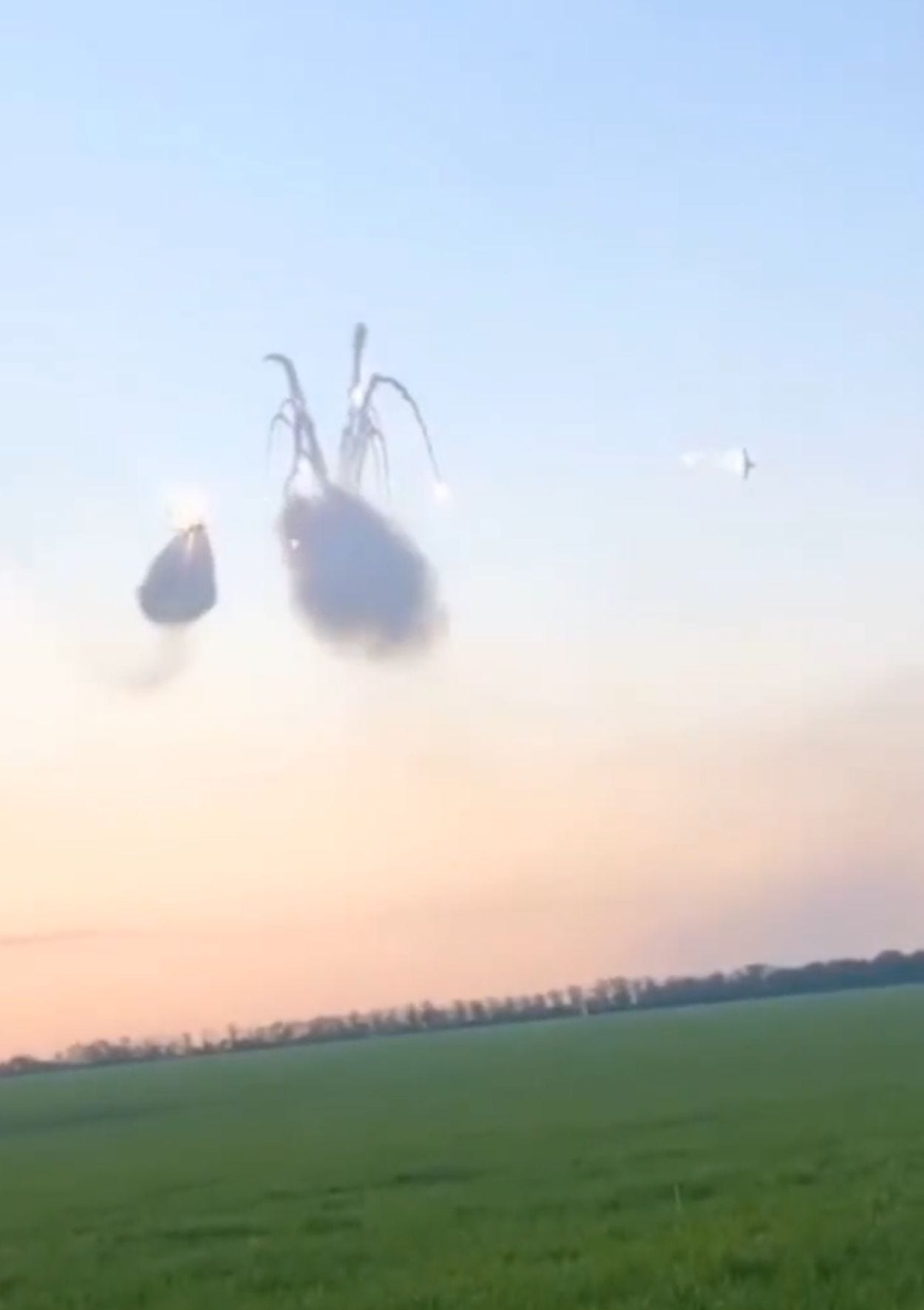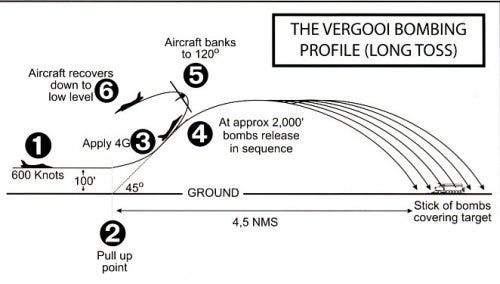SOURCE:
(a) Air Power: https://medium.com/@x_TomCooper_x/supplement-failure-of-air-power-28-may-2022-7359220f4dc3
Hello everybody!
For the start today, I would like to concentrate on analysing air warfare by the Ukraine Air Force and the Russian Air-Space Force (VKS).
Please mind: most of the following is likely to be considered ‘unfair’ and ‘unprofessional’, ‘biased’ and whatever else of that sort. Thus, I recommend anybody over-sensitive about the quality of his/her favourite air force stop reading right here. At least, please abstain from commenting.
Thanks a lot — in advance.
Can’t help it, but — after watching at least two dozens videos released over the last few days — I remain unimpressed by the performance of both air forces involved in this war. This is foremost because of what are Su-25-pilots on both sides doing ‘over’ the battlefield. Yes, no doubt, the involved fliers are all Experten in flying at low altitudes. And yes, even I was recommending the Ukrainians to stay away from the frontline, already back in early March. But…. sigh… if they all ‘simply can’t’, then they might all better stay on the ground and save plenty of fuel and ammunition.
What am I talking about?
Let me start with this photo, shown a VKS Su-25 streaking low in direction of Severodonetsk, two days ago.

For all of the low-altitude bravado persistently demonstrated by Su-25-pilots of both sides, perhaps somebody there wants to remind them that what really matters at war — are results? ‘Results’ in air warfare are: ‘ordnance delivered precisely on target’, ‘scoring hits’, destroying the enemy. Why? Well, because, the ultimate aim in war is to defeat the enemy — and this aim cannot be achieved by persistently missing the target. This is going so far that one can fly 100,000 combat sorties, fire 2 billion unguided rockets and cannon shells, and then call himself a ‘hero’ until the Sun comes up in the West — but if not a single bullet scored a hit, everything was completely in vain.
Apparently, both in Kyiv and in Moscow, somebody decided that this doesn’t matter. Therefore, both the Russian and Ukrainian Su-25-pilots are nowadays spraying and praying (yes, Ukrainian Su-25s, too).
Unguided Rockets
Let’s start with weaponry: all the videos released over the last few days are shown Ukrainian and VKS Su-25 armed with either four B-8M pods for unguided rockets calibre 80mm, or two B-13 pods for unguided rockets calibre 130mm. The video still above shows a VKS Su-25 armed with two B-13s, and the two below are shown a VKS Su-25 armed with a total of four B-8M pods:


Unguided rockets were something like ‘weapons of choice’ for Soviet ground attack doctrine already since the late 1930s. Back in 1940s-1970s, standard calibre for Soviet-made unguided rockets was 57mm. The flimsy (and, nowadays, largely forgotten) S-3 was deployed from a 7-round launcher, but after proving highly unreliable replaced by S-5: this was manufactured in immense numbers, in nearly a dozen of variants, deployed from pods like ORO-57, UB-16–57, UB-32–57 — and widely exported.
When delivered with the aim and from, say, less than 700–800m range, S-5s were reasonably effective — even if lacking punch to knock out better-protected tanks. In the 1980s, the Soviets thus began replacing S-5s by S-8s, calibre 80mm, which remains the standard unguided rocket in the VKS — and in Ukraine — until this very day. It is only since 2015–2017 that it is supplemented by the S-13: this is a big weapon, comparable in size and punch to a single round of the BM-21 multiple rocket launcher.
Now, due to the lack of precision-guided ammunition, both S-5s and S-8s were deployed in significant numbers by Assadist- and VKS pilots in Syria from 2015–to 2018. Often with devastating results. For example attacking aid convoys of the International Red Crescent, or unprotected civilian vehicles carrying fleeing civilians in southern Idlib (as can be seen in the photo below) — at least until somebody shot down the Su-25 piloted by Major Roman Filipov, in February 2018…

But, back then, Assadist and Russian pilots were facing only minimal air defences, and thus were free to deploy their unguided rockets from short range, and to aim carefully. Over Ukraine in 2022, things are dramatically different.
Ingress
In Ukraine of our days, and tactics-wise, both Russian and Ukrainian Su-25-pilots are ingressing as low as this (which is 30–50m altitude); sometimes even lower, between buildings and trees. It’s quite certain that this is enabling them to approach undetected by the enemy until less than 5,000 metres away, thus leaving the opponent minimal time to react — whether by MANPADs (Strela, Piorun, Stinger, etc.), or by heavier SAMs (Osa-AKM/SA-13, Tor/SA-15, Pantsyr/SA-21, Buk/SA-17, or S-300/SA-10). So far, everything’s OK, and nobody gets hurt.
Weapons Release
Important is what happens as next. When about 3,000 metres away from enemy position, they all enter a shallow climb, and, when the range is down to less than 2,000m, fire all of their unguided rockets at once — ‘in the general direction of the enemy’, like two Ukrainian Su-25s visible on this video, a still from which is attached below.

No doubt, this is resulting in some spectacular videos. Foremost, logic and physical laws say: OK, that with a shallow climb means that rockets are going to fly over a longer range than the usual ‘1,000 metres or less’ — as when fired from a dive: because the rockets are going to fly along a parabolic trajectory. The problem is aiming. While flying this kind of attack, a pilot can’t see the target, nor precisely aim: all he’s got to achieve precision is sheer navigation. But, 0.5 degrees more or less of climb, 0.5 degrees more or less to the left or right, 5km/h more or less of speed (i.e. few cents of thrust more or less), just a slight gust of wind — and all the rockets are going to miss. At most, they are all ‘landing somewhere in the enemy-controlled territory: it’s extremely unlikely they have hit anything at all. Indeed, considering how many S-8s tend to fail to detonate on impact into the soft soil (of which, rumour has it, there is plenty in Ukraine), it’s more likely one of the enemy troops might get hurt due to stumbling over one that hit the ground but failed to explode.
Immediately after releasing their rockets, all the Su-25s are making a hard break and releasing flares — as visible in the photo above — to avoid and decoy any MANPADS fired at them, and this regardless if pilots have detected any MANPADS fired at them, or not.
Analysis
All of that, ladies and gentlemen, means a lot of things.
Foremost, it means that geniuses in charge of both countries, and their GenStabs have all failed to equip their air forces with
a) means of effectively suppressing enemy air defences,
b) weaponry enabling their air forces to reliably hit their targets, and
c) self-protection systems for pilots and aircraft.
Discussing just these three topics could easily fill a few books — but, it’s still not all. After at least two months of monitoring these ‘spray and pray tactics, it’s obvious that neither side has any kind of clue about how to solve the problem on hand. That seems to be the principal issue here: neither side has a solution for a problem on hand. This is where ‘armchair warriors’ like me cannot but ask themselves: and, what exactly were all the glorious Soviet military advisors doing in, say, Egypt and Syria of 1973, Iraq and Angola in the 1980s….?
Indeed: how comes nobody there seems to have ever heard of something called ‘toss (or ‘loft’) bombing’?
For those who don’t know about it: toss bombing was developed by US Air Force for the release of nuclear weapons from its Boeing B-47 bombers, back in the 1950s. It was perfected by US Navy A-4-pilots and then adapted and exercised by Soviet Sukhoi Su-7-pilots for similar purposes in the 1960s. It was applied by the Israelis in 1973 to strike Egyptian and Syrian positions when facing similarly strong enemy air defences like the Ukrainians and Russians are facing now. Finally, it was refined into art by Iranians and South Africans during their air wars of the 1980s (see: Iran-Iraq War and II Angola/Border/Bush War of 1975–1992). Roughly, and depending on the weapon in question, it consists of the aircraft entering a climb and then releasing the weapon: in that fashion, the aircraft must not overfly the target zone, and — once the weapon is released — quickly become free to avoid enemy air defences. Over the time, the toss/loft bombing was developed into very fine art, with dozens of different versions being developed — and in all the years of such tactics being applied, no matter in how many wars, at most peraps 5–6 aircraft flying such manoeuvres were ever hit by the enemy. This diagram from the book 1973: The First Nuclear War, is shown the Israeli-style toss/loft bombing of 1973:

…and this one the so-called ‘Vergooi’ manoeuvre, developed by South Africans of the mid-1980s:

To make things particularly ironic (indeed: nearly absurd), the manoeuvres flown by Su-25-pilots of both air forces described above are actually a part of toss bombing: the principal difference is that instead of releasing unguided rockets ‘in general direction of the enemy’, toss bombing can — if properly trained and performed— result in extremely precise weapons delivery. Precise enough to hit not only targets the size of a pontoon bridge, but single combat vehicles; alternatively, when combined with the release of cluster bomb units, it can result in subjecting infantry dispersed over a large piece of the battlefield to murderous blows.
‘But no’, the flying heroes in Russia and Ukraine are not even trying this: seemingly, testosterone levels. bragging, and/or collecting medals — perhaps even ending as a dead hero? — are more important than combat effectiveness…
Of course, I have it easy to criticise from a ‘comfortable office, thousands of kilometres away’; and, who am I to say, after all? I’m no pilot, and surely never flew a combat aircraft (even less so at war). But, I do happen to know few of basic physical laws, a little bit about contemporary military history, and a little bit about something called ‘logic’, and thus cannot but wonder: isn’t it the job of people in charge of both air forces to think about solving problems they are facing? Who there — whether in Moscow or Kyiv — considers this for ‘serious tactics’ or anything like worth not only wasting ammunition and fuel, but — and foremost — putting pilots and aircraft at risk? And what idiots — whether in Brussels, Washington, Prague, Sofia, or wherever else are convinced they are ‘helping Ukraine’ by providing it with — obviously — entirely useless Su-25s, like they say they have done, the last few weeks….?
One way or the other, the unavoidable result of what the two air forces are performing the last few days is little else but a big air show including a colossal waste of ammunition (and fuel, and years of training that costs millions, etc., etc., etc.). No doubt, both sides are claiming ‘precise air strikes’ and every single air strike = ‘target destroyed’. Indeed, both are certainly convinced their grandpas are extremely proud of them, too. But, meanwhile, I have strong doubts they have at least a trace of a clue about the actual results.
SEAD and Air Combats
The tactics of attack pilots on both sides are getting even more important considering that both sides are investing additional efforts — and thus putting additional crews and aircraft at risk — just in order to enable their Su-25s to reach the target zone.
For example, the Keystone Cops in Moscow claim to have flown additional SEAD strikes against Ukrainian air defences in the Donbas. One, supposedly, hit an electronic intelligence centre, ‘killing 11 military personnel and 15 foreign specialists’. Another two should have hit a Buk M1 TELAR and the fire-control radar of a Ukrainian S-300 SAM-site in the Barvinkove area.
As usual, no evidence for any kind of success is provided, and - ‘miraculously’, I guess — all the ’15 foreign specialists’ have no relatives missing them or mourning their loss…?
…must be another CIA/Mossad/al-Qaeda conspiracy…
But wait that’s not all. On 25 May, the Keystone Cops in Moscow claimed a Ukrainian Su-27 was shot down shortly after taking off from an airfield near Dnipro. As usual, the Russians released no further details: not even the type of their interceptor that should’ve scored that kill. And, except for a few locals reporting a big explosion without knowing the reason, there’s no evidence whatsoever if this was really caused by a crashing jet. Indeed, the entire story sounds like Russians excelling at monitoring Ukrainian social media, and adjusting their claims correspondingly…
Ah yes, and: yesterday, the Russians first claimed to have shot down a ‘military transport aircraft near Odesa’, and then a ‘MiG-29 in Odesa region’ — and then, around 14.00hrs, the Ukrainian Air Force claimed one of its MiG-29s shot down a Russian Su-35 (which should’ve been scrambled from the occupied Crimea Peninsula) over the Kherson area. Supposedly, this happened while the MIG-29 was escorting a group of Su-25s flying ground strikes.
Once again, neither side released any kind of evidence in support of its claims: seemingly, both are strenuously convinced that all the data about their combat aircraft are super-turbo-top-secret — at least for the public: almost certainly, nobody there in Moscow or Kyiv is aware of the fact that all the secrets of weapons systems of MiG-29 and Su-27 have been revealed to the CIA by Adolf Tolkachev already years before either entered operational service (i.e. in the late 1970s and early 1980s); indeed, that no matter how much ‘upgraded’, considering the ‘pourosity’ on both sides in recent years, it’s extremely unlikely anything about modern-day Ukrainian MiG-29M or Russian Su-35S is ‘secret’ to the other side, at all…
….and so, all we’ve got to see ‘in support’ of all these claims, are few smart-phone-photos like this one, taken yesterday over Kherson. The reader is free to guess for him/herself what exactly do they show…

No comments:
Post a Comment